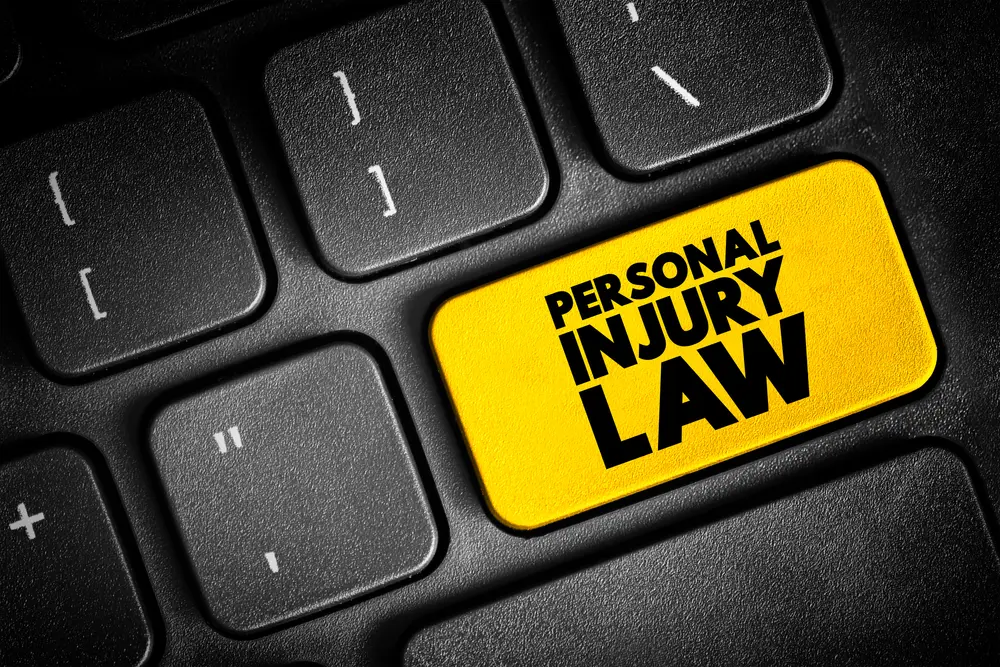Personal injury law covers a wide range of situations in which an individual suffers harm due to the actions or inaction of another person or entity. While many personal injury cases center on accidental or negligent behavior, a specific category of cases revolves around intentional wrongdoing. Here’s a short overview of “intentional torts” from a personal injury lawyer in Casper, Wyoming.
What Are “Intentional Torts” in Personal Injury Law? A Personal Injury Lawyer in Casper, Wyoming, Explains
The Basics
Intentional torts differ from negligence-based claims because they depent on the defendant’s intent. The injured person (plaintiff) must prove that the defendant deliberately acted in a way that caused harm or was substantially certain to cause harm.
Understanding Intent
In a legal context, intent doesn’t necessarily mean that the defendant actively desired to harm the plaintiff. Rather, it requires that there be proof of either specific intent or general intent.
To prove specific intent, it must be demonstrated that the defendant acted with the conscious objective of causing a particular result. For general intent, the plaintiff must show that the defendant knew that their actions were substantially certain to cause harm, even if they didn’t have a specific target in mind.
For example, if someone punches another person in a fit of anger, that demonstrates specific intent, even though they may not have intended to create as severe an injury as they did. If someone throws a heavy object into a crowd without regard for who might be harmed, that demonstrates general intent.
Common Types of Cases
Assault
Assault involves causing a person to fear an imminent, harmful, or offensive contact. Unlike battery, (see below), physical contact isn’t necessary. Pointing a gun at someone or threatening them with a fist can constitute assault.
Battery
Battery is the intentional and harmful or offensive touching of another person without their consent. This could include punching, kicking, shoving, or other unwanted physical contact.
False Imprisonment
This tort encompasses the wrongful confinement of another person, restricting their freedom of movement. It doesn’t have to be in a jail cell; actions like locking someone in a room or forcibly preventing them from leaving an area could amount to false imprisonment.
Intentional Infliction of Emotional Distress (IIED)
This involves extreme and outrageous conduct that intentionally causes severe emotional suffering in another person. To be actionable, the conduct typically needs to go beyond mere insults or hurt feelings; it has to be behavior that most people would find intolerable and likely to cause deep distress.
An Intentional Tort vs a Crime
It’s important to understand that many intentional tort cases can also constitute crimes. An act like assault and battery can lead to both criminal charges brought by the state and a civil lawsuit filed by the victim for compensation. However, the standards of proof differ.
In a criminal case, the prosecutor must prove the defendant’s guilt beyond a reasonable doubt. In a civil intentional tort case, the plaintiff’s burden of proof is typically a “preponderance of the evidence” standard, meaning it’s more likely than not that the defendant committed the intentional act.
Damages in Intentional Tort Cases
Like other personal injury cases, victims can seek compensatory damages to cover their losses. These may include:
Additionally, in cases where the defendant’s conduct was particularly egregious or malicious, the court may award punitive damages. These are meant to punish the wrongdoer and deter similar acts in the future. However, even if a plaintiff establishes that the defendant intentionally caused harm, certain defenses could potentially absolve the defendant of liability or reduce the damages awarded.
Defenses to an Intentional Tort Case
Consent
If the plaintiff willingly consented to the act that caused their injury, they may not have grounds for an intentional tort claim. For example, someone who agrees to participate in a boxing match cannot later sue their opponent for injuries caused during the match.
Self-Defense
A defendant may argue that their use of force was justified as self-defense or to defend another person from imminent harm. However, the level of force used must be reasonable and proportionate to the threat posed.
Defense of Property
In some jurisdictions, individuals may have a limited right to use reasonable force to defend their property from trespassers or attempted theft.
Necessity
In rare cases, a defendant might argue that they intentionally caused harm to prevent greater harm from occurring. However, this is a complex defense with numerous limitations.
Proving an Intentional Tort Case
Bringing a successful intentional tort case in the personal injury context presents unique challenges. As mentioned previously, the plaintiff typically carries the burden of proving that the defendant acted with intent. This can be difficult, especially when the intent must be inferred from circumstantial evidence rather than direct statements.
Intentional tort cases are also challenging to prove due to witness credibility. These cases frequently boil down to “he said, she said” situations.
An additional complicating factor is contributory negligence. Depending on the specific facts and jurisdiction, a defendant may try to argue that the plaintiff’s actions contributed to their own injuries. Contributory negligence could potentially reduce or even eliminate a plaintiff’s ability to recover damages.
Real-World Examples
Bar Fight
If a patron at a bar becomes enraged and deliberately smashes a glass bottle into another patron’s face, the injured person could likely sue for battery and potentially other intentional torts. The severity of the injuries could lead to significant financial damages and even criminal charges against the attacker.
Workplace Harassment
If a coworker engages in a pattern of unwanted sexual advances, inappropriate touching, and sexually suggestive comments, the victim might have grounds for an intentional tort claim based on battery, IIED, or other theories. Such behavior can create a hostile work environment and have severe, long-lasting psychological consequences for the victim.
Road Rage
If a driver intentionally tailgates another vehicle, cuts them off, and screams threats with the intent to cause fear, the distressed driver could potentially pursue an assault claim. Beyond the potential for an accident, this type of aggressive behavior can leave lasting emotional trauma.
Defamation
Spreading false and damaging statements about someone’s character or reputation, with knowledge of the falsity or reckless disregard for the truth, could give rise to a defamation lawsuit (libel if written or slander if spoken). Defamation can severely damage a person’s professional standing and personal relationships.
Seeking Legal Counsel for an Intentional Tort
If you believe you’ve been the victim of an intentional tort, it’s wise to seek legal advice from an experienced personal injury attorney as soon as possible. Intentional tort cases require in-depth knowledge of the law and careful assessment of both the facts and the legal implications. It’s important to remember that statutes of limitations (the deadlines for filing lawsuits) applies to an intentional tort. Time is of the essence in preserving your rights, so consult with an attorney as soon as possible.







